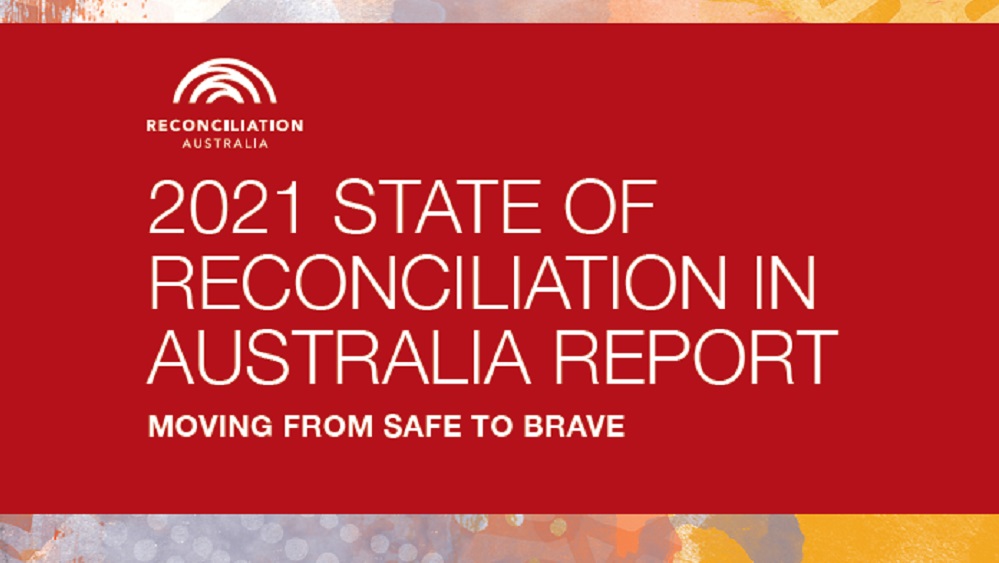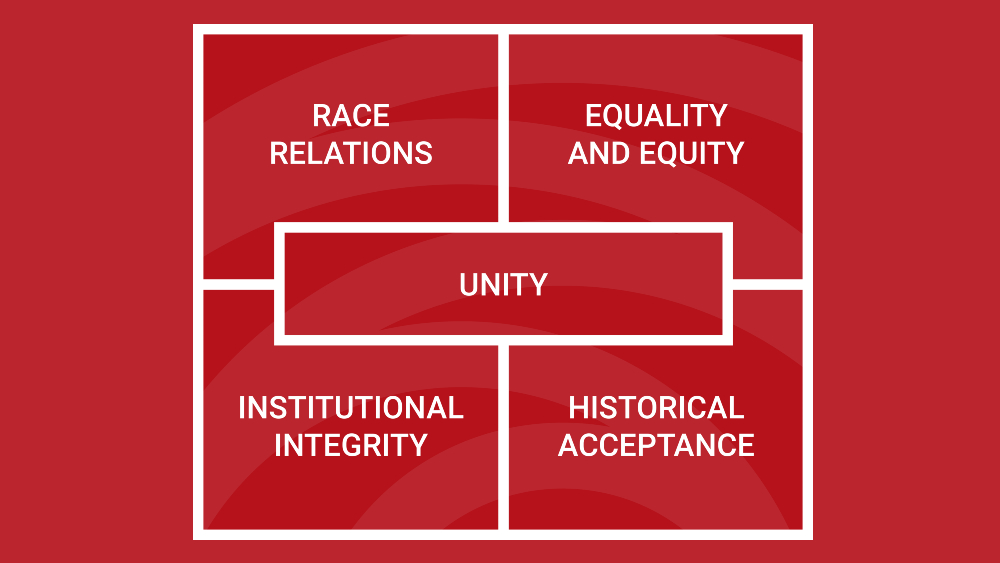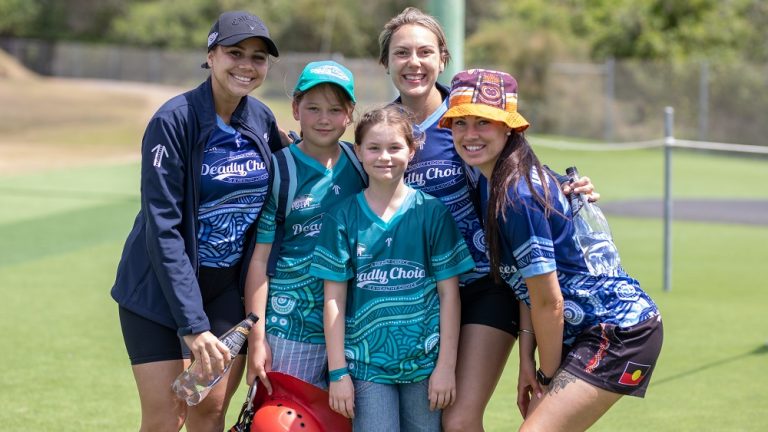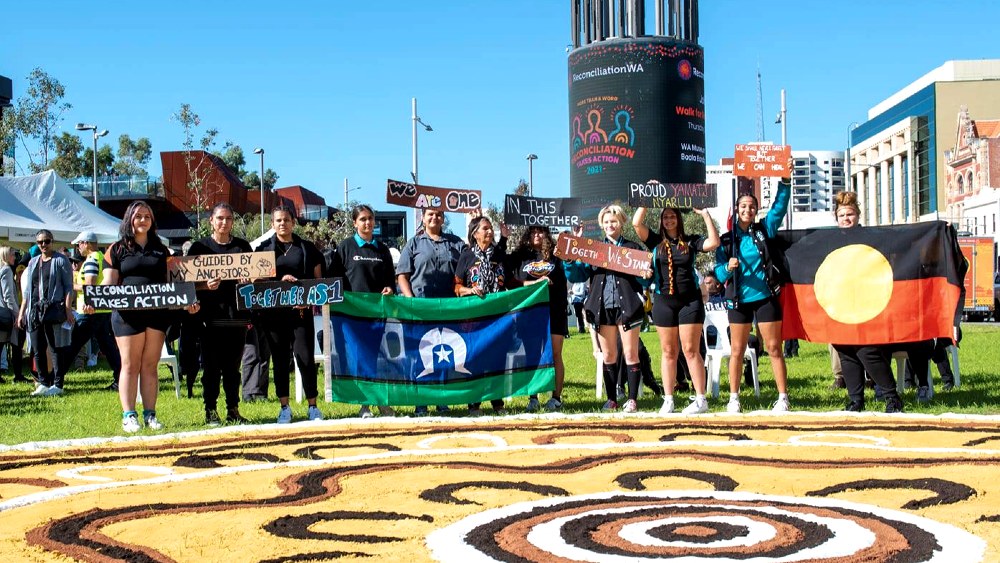
Reconciliation is about strengthening relationships between Aboriginal and Torres Strait Islander peoples and non-Indigenous peoples, for the benefit of all Australians.
Building Reconciliation
Reconciliation is based and measured on five dimensions: historical acceptance; race relations; equality and equity; institutional integrity and unity.
Reconciliation Research
Our research, advocacy, and policy and campaign support underpin knowledge and understanding of, and action on reconciliation.
Get Involved
Connect with state and territory-based reconciliation networks and see some of the campaigns we support.
Learn and understand the differences between these protocols
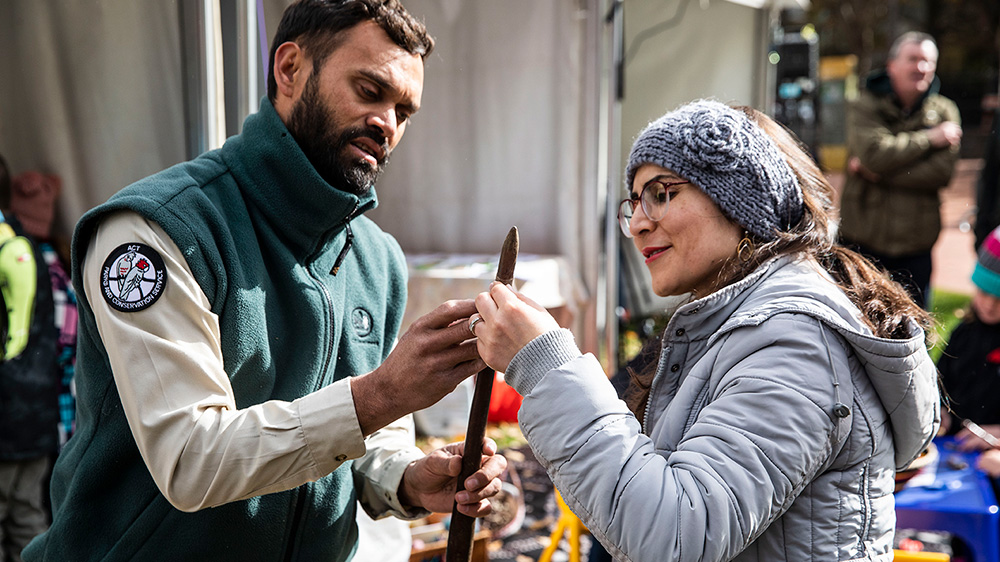
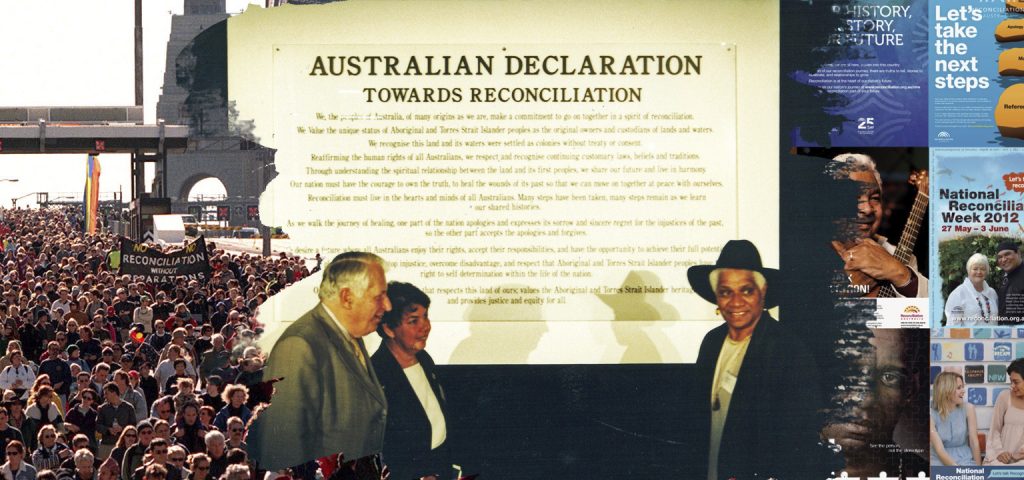
Latest news from Reconciliation Australia
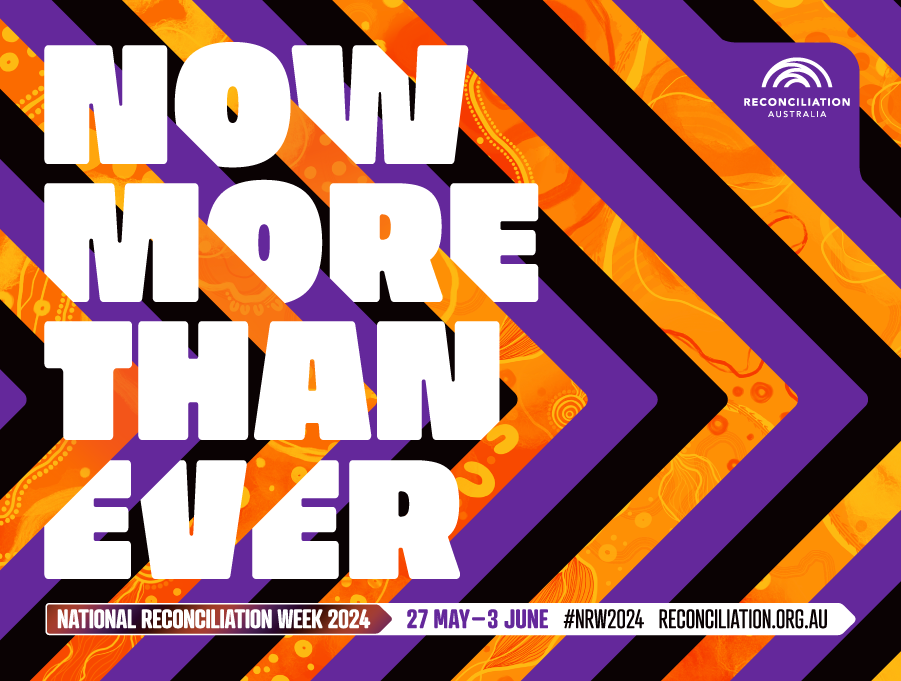
New Reconciliation Film Club Titles for 2024
Host a Reconciliation Film Club screening and bring people together this National Reconciliation Week.
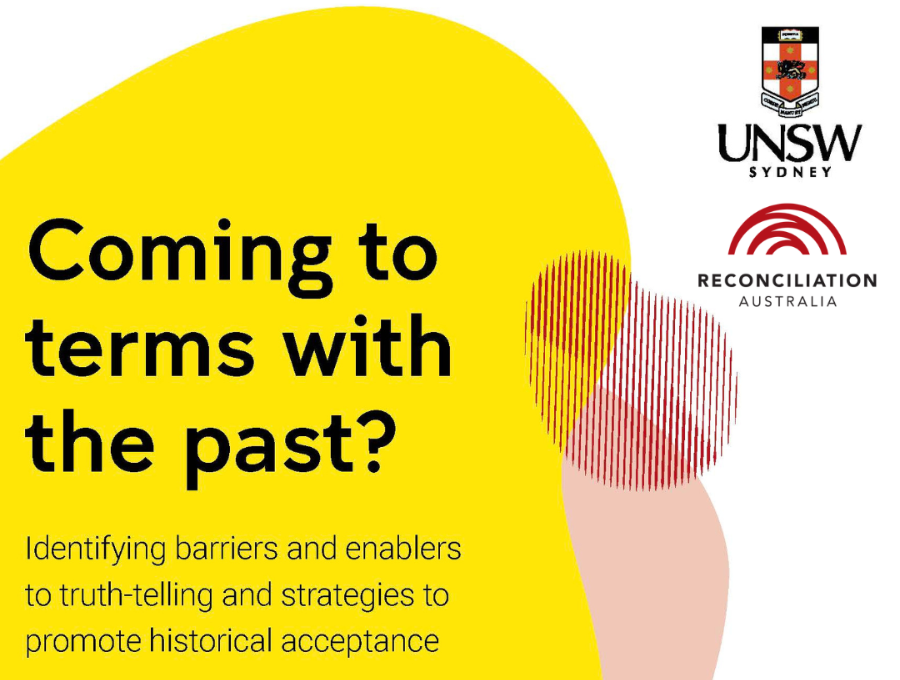
Identifying barriers and enablers to truth-telling
New research undertaken by UNSW researchers on behalf of Reconciliation Australia, explores peoples attitudes and understanding for the delivery of effective truth-telling initiatives.
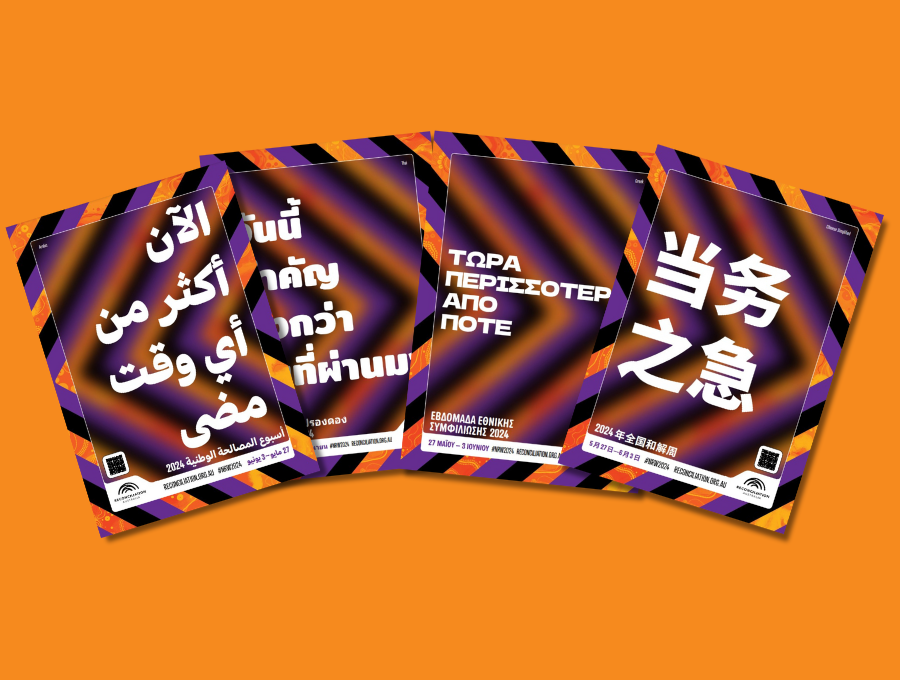
Migrant communities vital for reconciliation
Reconciliation Australia have released resources and information in in ten key languages spoken in Australian homes for National Reconciliation Week 2024.

